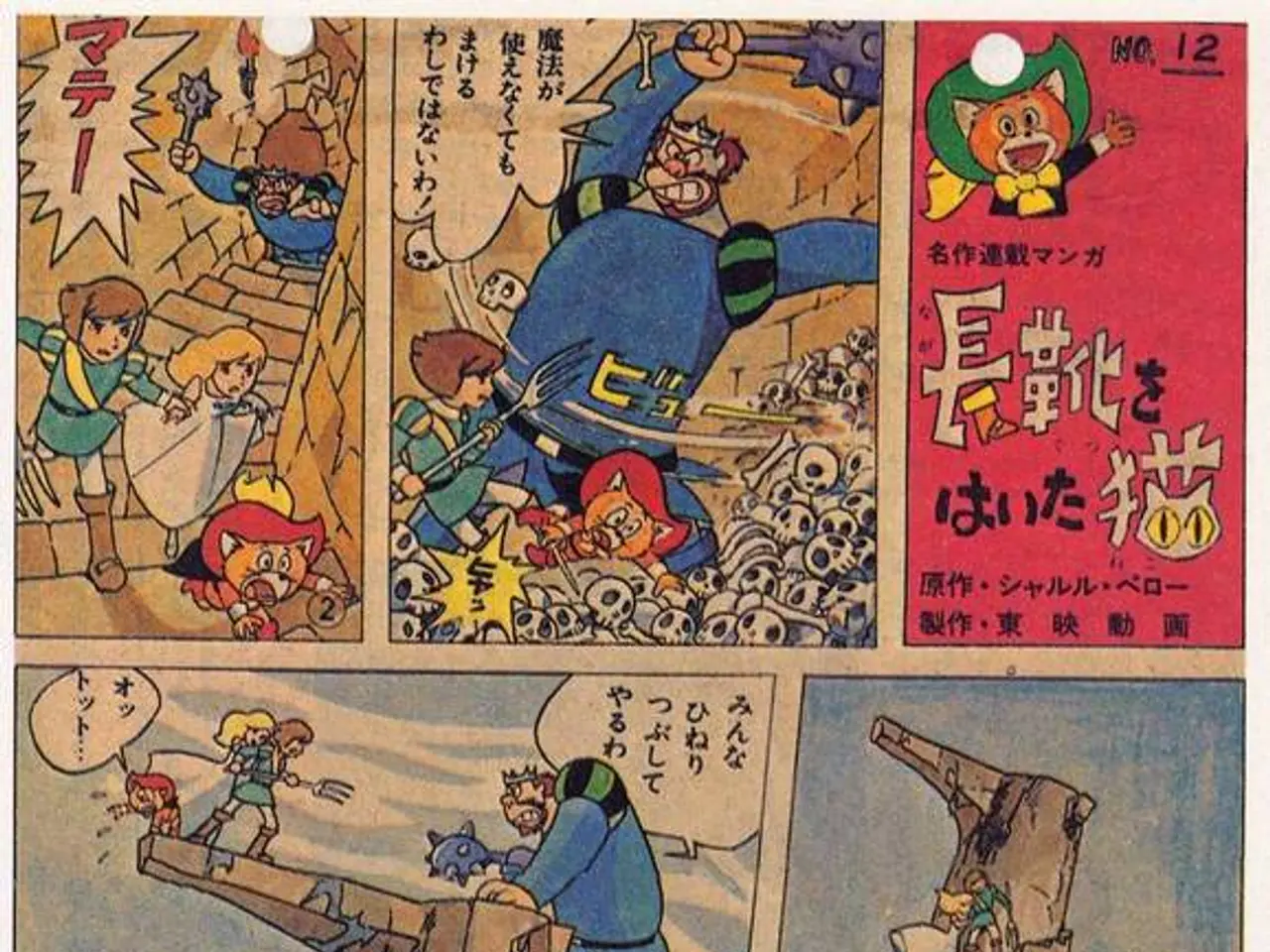Exploring Charoite: The Siberian Purple Gemstone Mystery
In the vast and diverse world of minerals, one standout gemstone continues to elude laboratory synthesis - the strikingly beautiful Charoite. Known for its distinctive swirling patterns and vibrant purple colour, Charoite is found almost exclusively in Siberia.
The formation of Charoite is a complex process, arising from contact metamorphism between limestone and intruding alkaline magma. This results in a silicate mineral rich in potassium, calcium, barium, sodium, strontium, and complex sheet or fibrous silicate structures. The exact conditions required - high pressure, elevated temperature, and specific geochemical environments - are challenging to replicate in the lab, making the synthesis of Charoite a significant scientific challenge.
The complexity of Charoite's chemical composition and microscopic structure further compound the difficulties in laboratory synthesis. The mineral's composition is highly variable and poorly understood, with impurities and trace elements affecting its structure and colour. Its fibrous or lamellar structure is difficult to reproduce under controlled conditions, and natural formation likely involves high-pressure, high-temperature regimes that are expensive and technically demanding to achieve in the laboratory.
Despite the interest in synthetic mineral research, there are no peer-reviewed publications or patents describing the successful synthesis of Charoite. All "charoite" offered commercially is natural material from Siberia. The unique colour and structure of Charoite may attract research for artistic or industrial applications, but its synthesis remains a significant scientific challenge.
In summary, Charoite has not been synthesized in the laboratory to date. Its complex structure and formation conditions make it a significant challenge for synthetic mineralogy. The rarity and beauty of Charoite make it one of the more unique and sought-after natural gemstones in the world.
Table:
| Aspect | Status/Information | |----------------------------|----------------------------------------| | Lab synthesis method | Not developed | | Typical synthetic approach | N/A | | Commercial availability | None | | Research interest | Moderate (due to rarity and beauty) |
As collectors and enthusiasts continue to seek out this captivating gemstone, it is essential to care for Charoite jewelry properly. Avoid sudden temperature changes and keep the stone away from household chemicals, perfumes, cosmetics, and cleaning products. Store Charoite jewelry separately from other pieces, ideally in a soft cloth pouch or individual compartment in a jewelry box. The stone's hardness of between 5 and 6 on the Mohs scale makes it susceptible to scratching from everyday encounters with harder materials.
Charoite is a rare purple gemstone discovered in the remote reaches of Siberia. Its chemical composition is uniquely complex: (K,Na,Ca)5(Si8O20)(Si4O9)(Si4O10)(OH,F)·nH2O. The intensity and evenness of the purple color serve as primary value factors in Charoite. The stone's distinctive swirling patterns, known as chatoyancy, should be clearly visible and well-defined. Premium specimens display dramatic, contrasting patterns that create a three-dimensional effect.
The stone's distinctive swirling patterns, known as chatoyancy, should be clearly visible and well-defined. Premium specimens display dramatic, contrasting patterns that create a three-dimensional effect. Charoite typically contains natural inclusions of black aegirine crystals and occasional streaks of white or orange minerals. The presence of black aegirine crystals can enhance the stone's authenticity and visual appeal.
The longevity of Charoite jewelry depends largely on how well these care guidelines are followed. Charoite formed approximately 140 million years ago through a specific interaction between limestone and hot intrusive syenite rock. Cleaning Charoite should be done gently using warm water and mild soap only. Charoite holds special status in Russia as a national treasure and a point of pride in the country's mineral wealth.
- The complexity of Charoite's chemical composition and microscopic structure has made it a significant challenge for artificial intelligence, especially in developing algorithms for replicating its unique properties in laboratory-grown gemstones.
- In the field of environmental-science and climate-change studies, the rarity and remote location of Charoite deposits may serve as a case study to emphasize the importance of preserving natural settings and unique minerals for future generations.
- The evolution of technology in the field of gadgets and jewelry-making has led to innovative designs and materials, but the synthetic replication of Charoite remains out of reach.
- In the realm of education-and-self-development, the intriguing history and formation of Charoite can serve as a captivating topic in science and mineralogy lessons, sparking students' interest in the natural world and scientific research.




